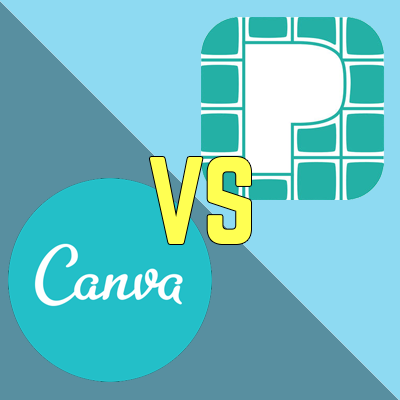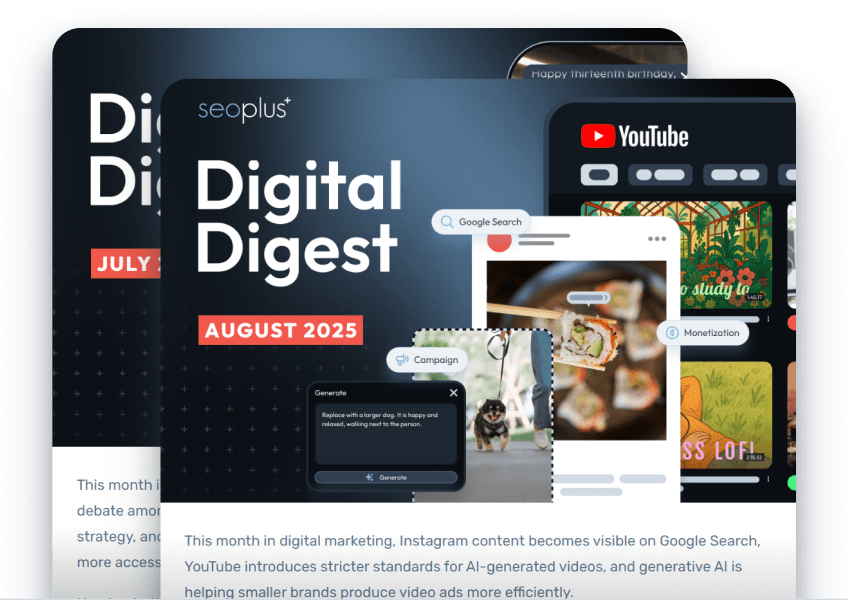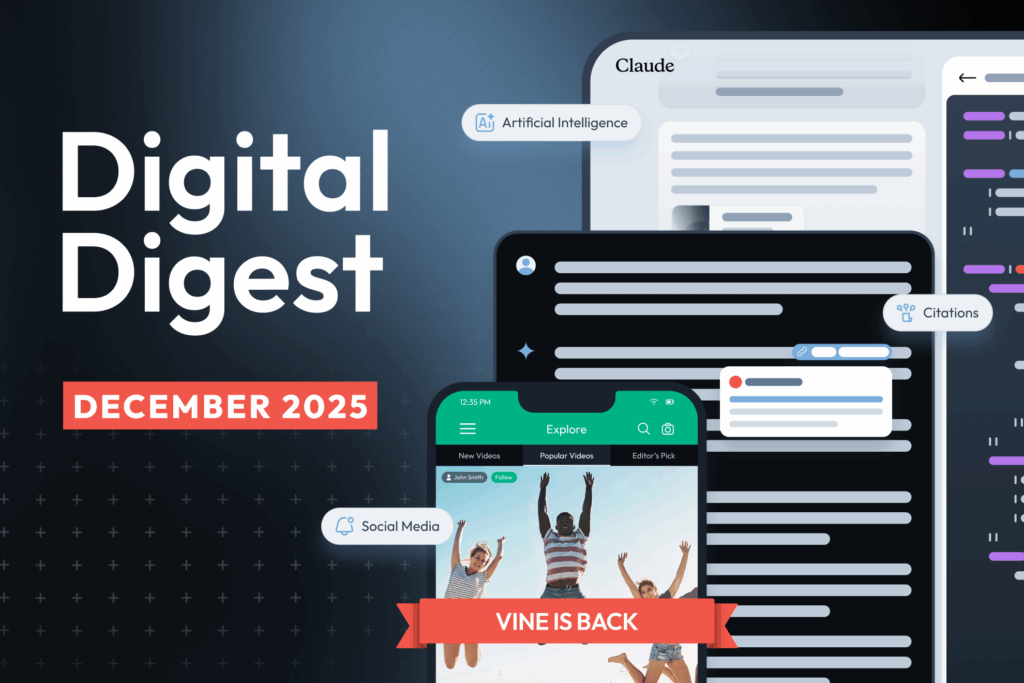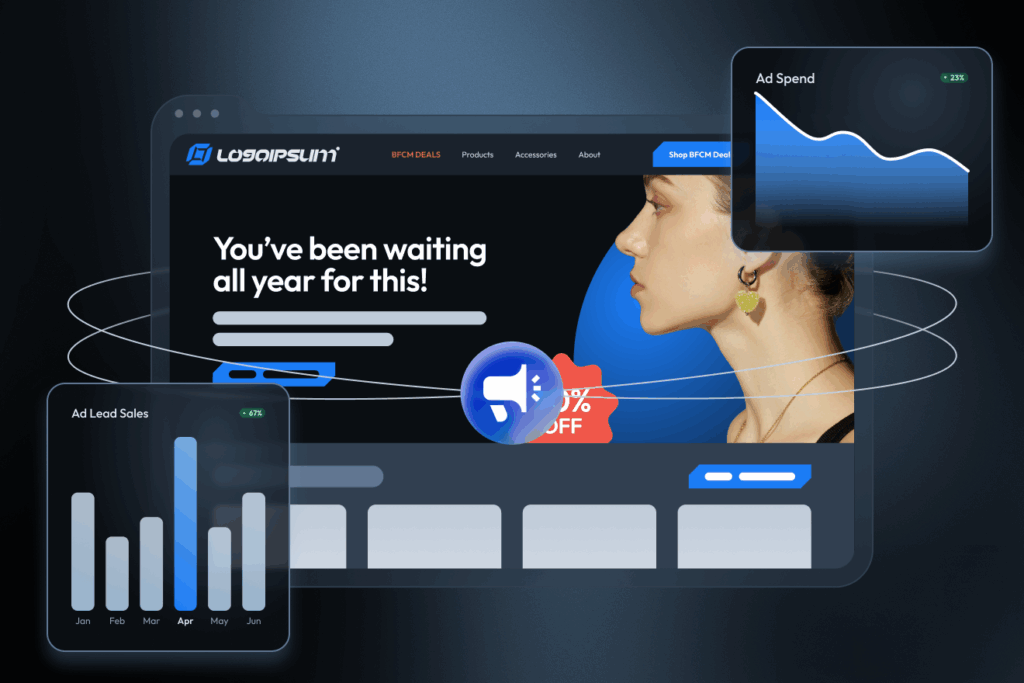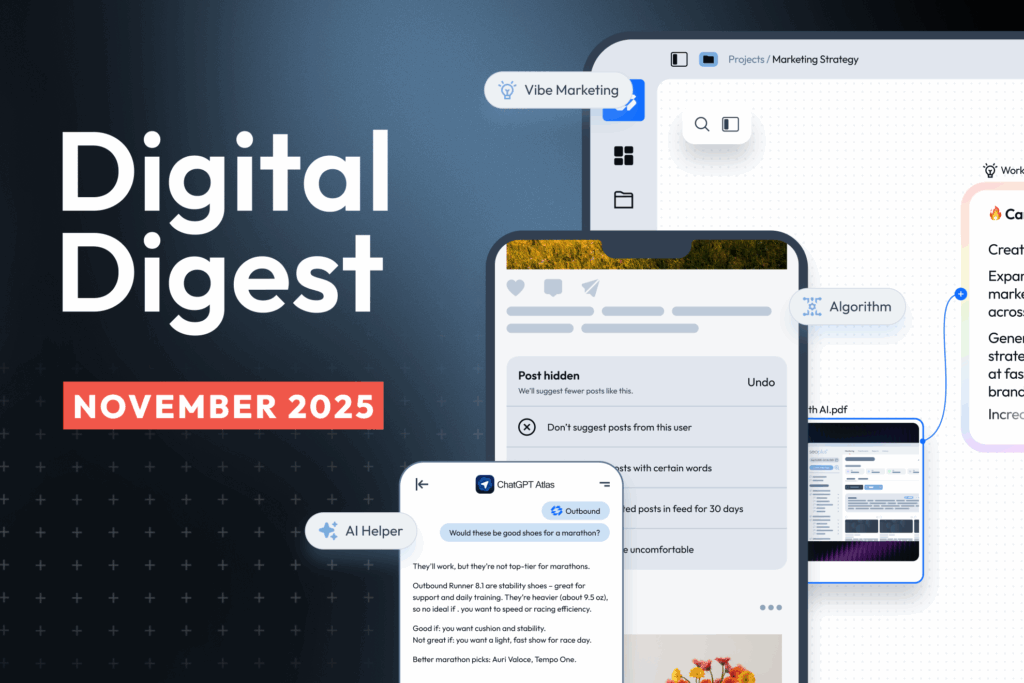So your first step in a content strategy is creating great ideas and pieces of your own blog, then expanding to other related blogs, then moving on to the likes of Slideshare, LinkedIn publishing, Triberr, Medium, and others. Of course there is more to it, but this is the basic three-step process when it comes to content resources and making your strategy happen.
However, it’s important to continue adding to your list. Once you’ve mastered other popular content resources, don’t stop there. Keep following new content resources as they emerge so that eventually you’re everywhere and taking advantage of everything. Today, this means Piktochart and Canva, but not always both at the same time.
Breaking down the two new emerging content resources
You’ll realize that the new vein of content resources follows suit with the new way that people like to read and write content – image heavy and design oriented. For most companies, this will mean infographics, and most experts agree this is the way to future success. This is something you just don’t get with most of the older content resources; so the sooner you can get started understanding your options the further ahead you’ll be in the curve.
While there are lots of different and new platforms out there, the following two are by and large the most well-publicized and well-liked options. This also means they are often pitting against each other, so check out how they each work below:
Canva
This platform offers hundreds of free fonts and, according to their website, millions of images that you can pick and choose to add to your infographic. For just $1 you can include what they call Premium images, and any image you add you can alter and edit to fit your infographic without having to go to Photoshop or another editing software. It also makes it easy to collaborate with others in your company because you can save and share your infographics as you create them; thus making it more of a team effort. With a drag-and-drop design you don’t need any previous experience to get started.
When you sign up for Canva, they offer a 23-second tutorial on how it works. They drag and drop an image for you, add text, and show you how to upload or publish your new design. As you can see in the screenshot below, the left-hand side of the page is pretty self-explanatory with your different options:
The benefits:
- It has a lot of options for not a lot of money (or possibly free, if you’re crafty). Of the main graphic design choices, this is probably the most bang for your buck.
- This platform has the most fonts (over 100) and over one million images, which is more than the others on this list.
- It is compatible with any desktop design software if you do have some past experience.
- They have a great help center should you have any questions.
- In combination with our graphic design resources (like a subscription to a stock photography website), it is very possible to use Canva to create captivating images without spending penny.
The pitfalls:
- Great interface, but not very good user experience. Most reviews along with my own experiences agree that actually using the tool is difficult because editing and moving around images isn’t very intuitive. Some actually use PowerPoint first and then just upload that to make things easier, which seems like a runaround.
Claim to fame:
The platform was created back in 2012, and in less than three years the company grew to $2.6 million in venture capital, brought in former chief evangelist of Apple Guy Kawasaki, and had more than one million users (currently there are 6.4 million users).
Best time to use:
Canva is starting to get the reputation as the tool to use for creating posters, business cards, memes, etc. because it has so many options. Essentially, any type of graphic design that you want for your content strategy works well here. As you can see in the screenshot below, they have a lot of different example designs such as album covers, Kindle covers, Facebook posts, menus, Pinterest designs, and more.
Piktochart
This web-based platform is probably the most popular on the list, but it doesn’t have quite as many images to choose from as Canva. Piktochart offers 8 templates and offers a free package, however with this package you can only upload 20 images. Therefore, the most popular option for companies here is actually using the $29/month package where you get everything from icons, to sharing capabilities, to more uploaded images at once and hundreds of templates.
The infographic templates use HTML to make sure that the content you create is readable by search engine bots, can include clickable links, uses a drag-and-drop design, and can be interactive if you wish. Even with all these fancy features, you still don’t need to know anything about graphic design to get started. Below shows the dashboard I see when I chose one of their 500 templates:
The benefits:
- As discussed above, because the platform uses HTML publishing capabilities it will ensure that if you create an infographic for your blog it will be easy to read by search engines. If this weren’t the case, your infographic would not rank well in search and in extreme cases you could actually end up getting penalized for poor user experience.
- They offer a Google spreadsheet and SurveyMonkey integration feature, so that makes it easy to create an infographic with research that you’ve done. They also have plenty of charts to chose from so you can really customize.
- Also offers great customer service options.
The pitfalls:
- They’re still working on making it possible to create infographics on your iPad, so for now you’ll have to use a desktop.
- If you upload an image, you have to keep that image uploaded into your account for as long as you want it to show up on your infographics. This isn’t really a pitfall necessarily, but it can get confusing if you delete an image and then suddenly see white spaces all over your work where the photo used to be.
- While you can share your infographic with others, they are not able to edit. This makes collaboration a little bit more difficult.
Claim to fame:
In just 36 months they are serving over three million users. They entered a tech startup competition in Asia and came in 8th place and it only grew from there.
Best time to use:
This is becoming the place to create infographics and charts – lots of options, intuitive design, and plenty of features to help you collaborate and work on an infographic with a team at your company.
The verdict: Piktochart wins for us
So if you want to get technical, Piktochart is better for some things and Canva others. But overall, Piktochart seems to be the better choice. If you’re a small business looking to get more advanced in your content strategy in the new year and want to get involved in this type of content creation, Piktochart is a great place to start. If you already know exactly what you want, and it isn’t an infographic, Canva is worth checking out.
Both have a lot of similarities, such as drag-and-drop interfaces, dashboards to stay organized, and lots of similar features, but Piktochart was plain and simple just easier to use (in my opinion). Infographics are also 30 times more likely to be read than a purely textual article according to a Content Cloud article, so it’s extremely important to start getting creative and getting involved. Other designs can come later.
What do you think of these new content resources? Do you have a different verdict or have another tool you would add to the list? Let us know in the comment section below.
